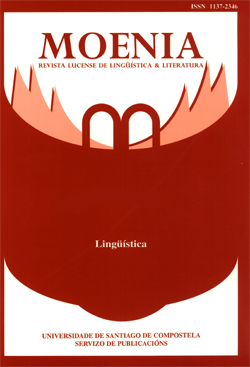Santiago Alcoba
Universitat Autònoma de Barcelona
Spain
Abstract
In this article, with the data of the Argentinean versions of The Catcher in the Rye (El cazador oculto), as they contrast with the corresponding versions in Castilian Spanish (El guardián entre el centeno), one can confirm the well-known distinction of the two varieties of the [Spanish] language, Argentinean and Penisular (B1 and A1 according to Veiga 2014) in the different use of the verbal (pretérito) tenses canté / he cantado, and, more precisely, one can say that the Argentinean B1 variety prefers the use of canté in all types of past events, versus the use of canté / he cantado in the A1 variety. Secondly, one can confirm, with the data presented by Donni de Mirande (2004), the assumption that will be referred to as Lope Blanch’s, since, as he stated in 1961, and in 1989: “the current Mexican use should not be interpreted as a confusion of the “correct” use of Spanish, but as a result of the natural evolution of the language, an evolution which arises from the use of pre-classic Castilian [Spanish], and which follows different paths than Peninsular [Spanish].” This assumption is corroborated (1) with the substitution, various times, of the present perfect (pretérito perfecto compuesto) for the present tense in an Argentinean version of The Catcher in the Rye, and (2) with the distinction, in a parallel evolution, of the substitution of the same form for the pluperfect (pretérito pluscuamperfecto) of the subjunctive in the Argentinean translation as well.
Keywords:
Language variation, Varieties of Spanish, Argentinean Spanish, Peninsular Spanish, Uses of canté / he cantado, Expressions of time, Expressions of past, American Spanish, Diatopic differentiation






